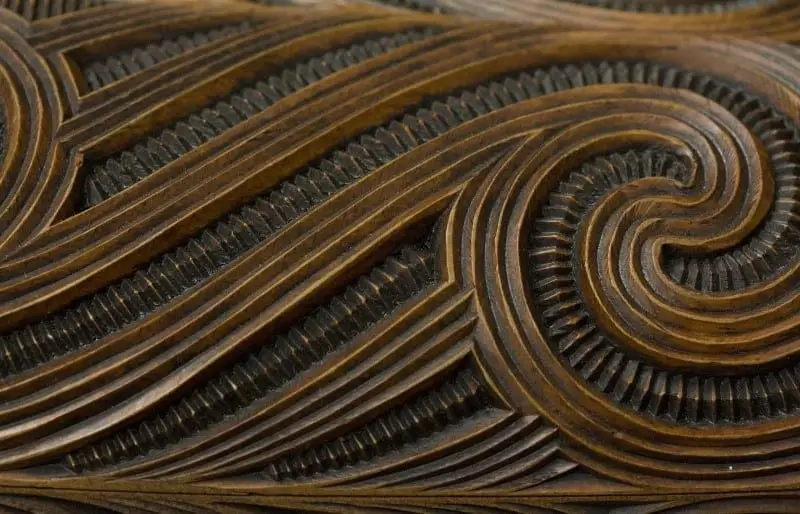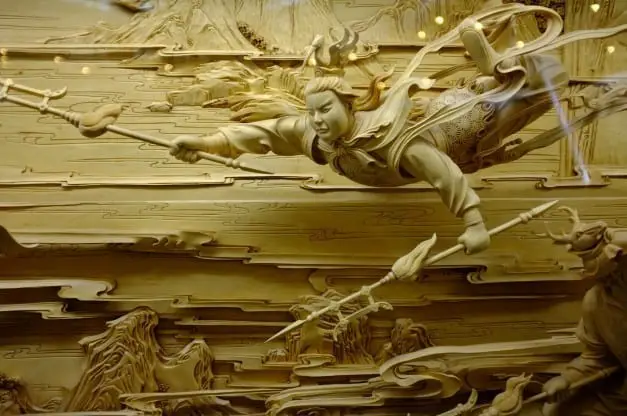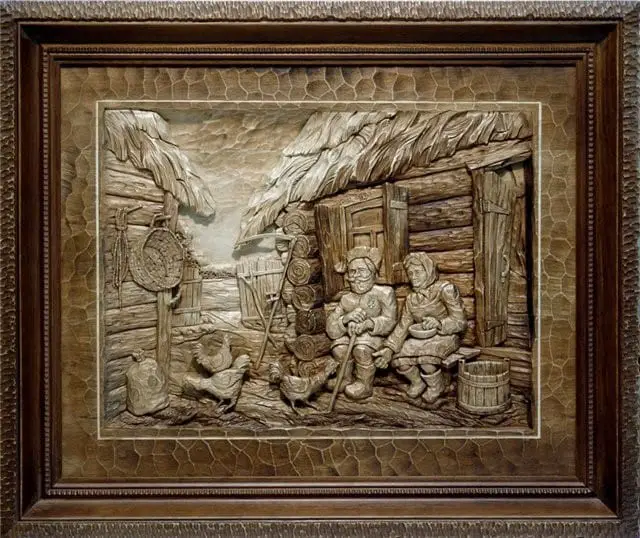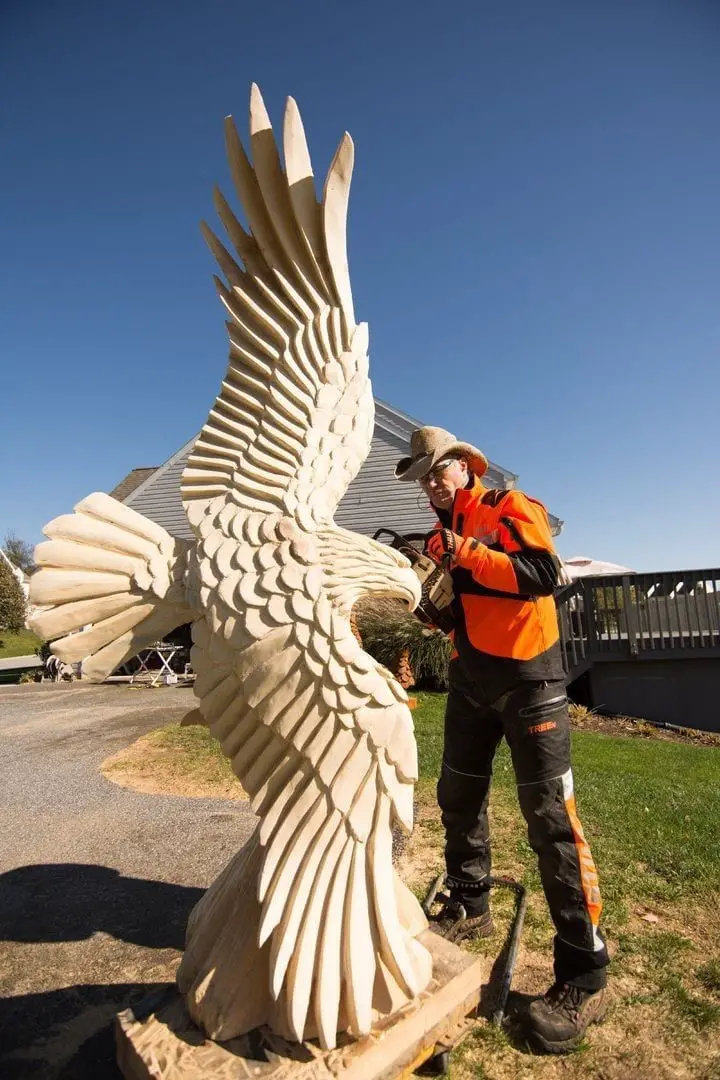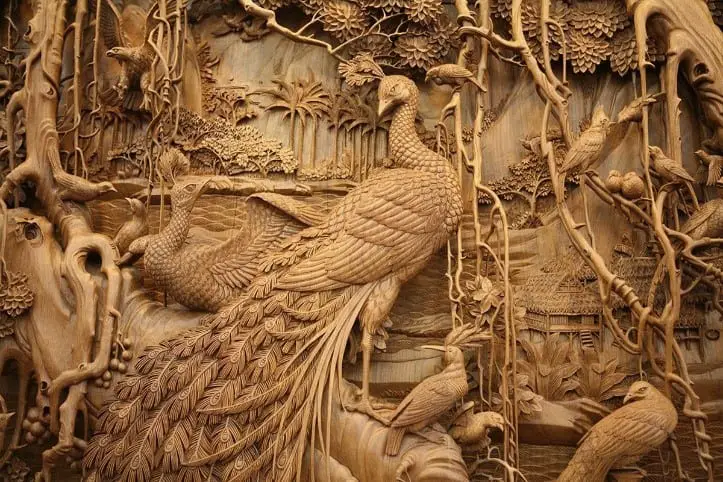
The incredible connection between woodworking and the development of mankind has existed for as long as the world itself. Wood has provided humans with shelter and warmth.
But above all, working with wood has managed to sparkle the flame of creativity of our ancestors, and the same tendency continues up-to-date.
However, when it comes to the history of woodcarving as an art, there are many mysteries that remain uncovered.
Indeed, it is very hard (if possible at all) to pinpoint the very moment when humankind started utilizing wood with the conscious purpose of creating art.
Ultimately, experts believe that the earliest use of wood for creating objects with a value that goes beyond usefulness might reach back to the very first production of tools.
Little by little, working with these tools inevitably lead to the expansion of woodcarving as an art.
Ultimately, wood was also appreciated as a sacred material from Mother Nature. Wood is one of the Five Elements along with water, earth, fire, and metal, that are believed to be the foundation of everything in the Universe, based on the beliefs of the ancient Chinese.
Indeed, the very first uses of wood in artwork were also closely related to the spiritual and religious beliefs of our ancestors.
The Art of Wood Carving and Its Various Forms
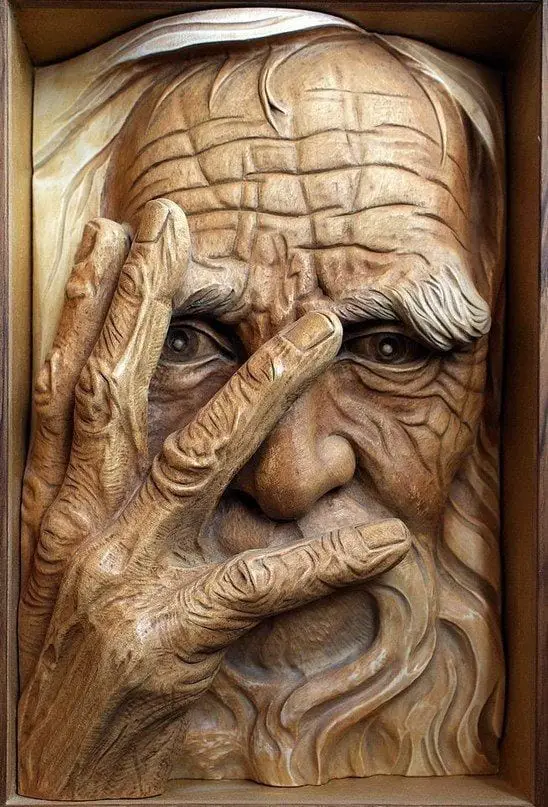
When discussing the art of wood carving, we need to acknowledge the multiple directions in which it has evolved.
Nowadays, advanced wood carving styles are widely used in the decoration of furniture. Nevertheless, many people are happy to bring ingenious wood carvings in the form of sculptures or other souvenirs from their trips to different countries.
Ultimately, the way our ancestors developed wood carving is nothing less than spectacular because it can be seen in so many different forms!
Long before wood carvings appeared in temples and other significant buildings in term of architectural accomplishments, people incorporated carvings to objects from daily life such as utensils, for example.
Video by Lotus Sculpture Buddhist & Hindu Statues – Indian Wood Carvers Making Hindu Wood Statues
Source: youtube.com
If we look at the magnificent traditional carvings in India, we can clearly see that the wood virtuosos incorporated intricate designs literally everywhere – from doors, tables, musical instruments, and boxes to pillars, among others. The twisted, patterned wood carving later resulted in the establishment of distinct ornamental styles.
What’s more, each nation stands apart with distinct, unique wood carving techniques and styles that further contribute to the value of the ancient handicrafts to the present day.
Video by World Turtle Productions, LLC – Master Woodcarver 2 – “Waremokou” 吾木香, Ise Japan
Source: youtube.com
Tracing the History of Wood Carving from Ancient to Modern Times: The Never Dying Art of the Past and the Future

Image Courtesy of pexels.com
Egyptian Wood Carving

Egyptian wood mummy mask – Image Source
Egypt has established a worldwide reputation as one of the cradles of wood carving.
Partially, that’s because of the fact the Egyptian wood carvings are among the few ones which managed to withstand the test of time.
On the one hand, the favorable climate in the region is characterized by hot temperatures and distinct dryness. Certainly, these conditions were extremely helpful in terms of preservation of the wooden pieces of art.
However, there is actually something more on that matter and the secret hides in the mysterious construction of the pyramids.
The ancient tombs of the pharaohs were built in such a unique manner that the protection of all the belongings placed inside to follow their owner on the other side provided the perfect environment for wood carving examples to survive and leave their legacy through the centuries.
As a result, examples of elaborate ceremonial furniture was found to exist as early as the 14 century BC, as discovered after the excavations of Tutankhamun’s tomb.
Wood Carving from Ancient Greece to the Viking Era
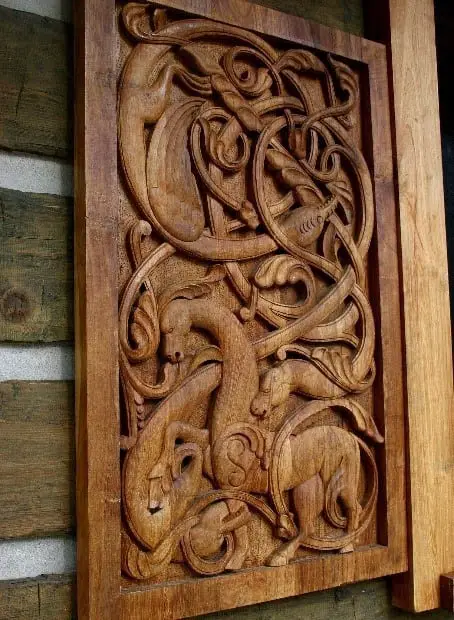
Contemporary Viking art dragon wood craving – dragons were often carved on Vikings’ boats – Image Source
Interestingly, it was all the way back to 700-480 BC that the ancient Greeks also used wood for creating their notorious sculptures. It’s important to mention, though, that they did prefer stone and bronze over wood. Similarly, so did the Romans.
On another note, wood carving was a huge part of the life of the Vikings. It was during the Viking era (793-1066 AD) that wood was used to convey the spiritual beliefs of the natives, and not merely as a construction material. Examples of this can be seen in the finely crafted Viking ships that were intricately decorated with distinct images, many of which were made with a mind to striking terror to the enemies.
Video by TopTenz – Top 10 GLORIOUS Facts about the VIKINGS
Source: youtube.com
Wood Carving in Asia and Africa
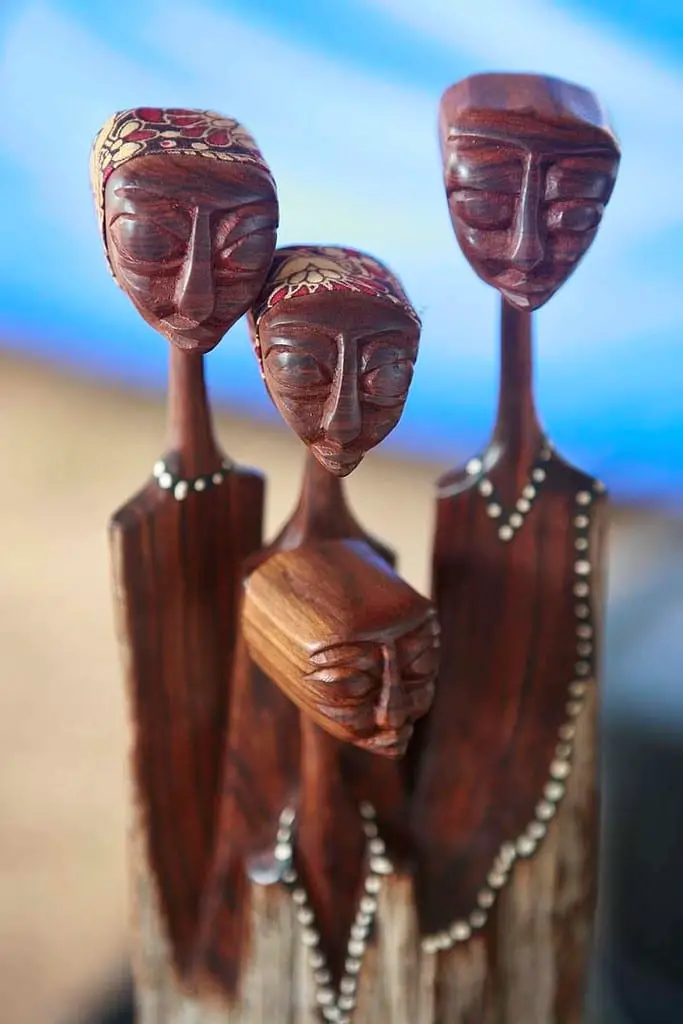
South Africa wood carving – Image Source
When it comes to the history of woodcarving as art in Asian civilizations, the examples of beautifully crafted objects from China, Japan, and India signify the existence of a profound culture behind the craft of working with wood.
Nevertheless, the Pacific Islands art of woodcarving was of huge importance to the life of the natives. Up-to-date, several distinct wood carving styles from Oceania have differentiated, including the Maori carving, among others.
From canoes, weapons, ceremonial buildings and various tools – the descendants of the Pacific Islands ethnic groups have managed to keep the art of wood carving alive in the new centuries, despite the multiple difficulties posed by colonization.
African wood carving was widely used for the creation of truly remarkable masks. Nonetheless, African idols were also carefully carved out of wood.
Wood Carving in European History
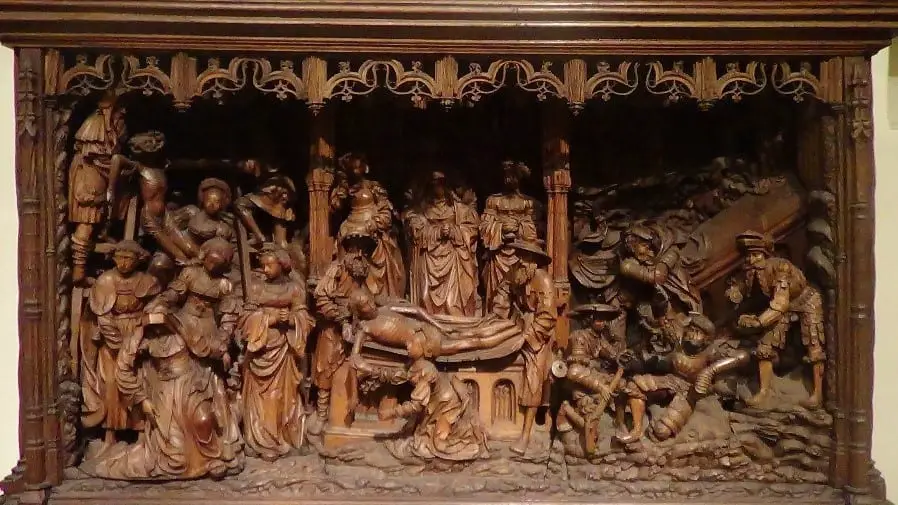
In Europe, wood carving was not merely an art form but the backbone of sculptures dating back to the Romanesque period that lasted from 11th to 12th century. Later on, the Baroque period that lasted from 15th to 17th century was also marked by the use of elaborate wood carvings for the decoration of buildings and churches.
Amazingly, it was in the 5th century AD that the Church of Santa Sabina in Rome was beautifully marked by the addition of cypress carved doors.
Video by Smarthistory. art, history, conversation. – Basilica of Santa Sabina, Rome
Source: youtube.com
Gothic wood carving is especially important to trace the development of this type of art form. It was during this period (12th – 16th century) that wood was widely used in order to create all things religious-related: from choir stalls to altarpieces and busts of saints.
However, it wasn’t before the 15th century that the art of wood carving managed to make its way out of the shadows of anonymity during the era better known as Late Gothic period. And so, the master woodcarvers started signing their creations to immortalize their artwork and legacy for the next generations.
Surprisingly, the Mayans were among the first of the ancient civilizations that used to sign their masterpieces long before this practice became common for the European societies.
The Renaissance proves to be a very special period in the history of woodcarving as an art, and it’s especially attributed to the countries of Spain and Italy. It was exactly during the Renaissance period that the Italian genius of artwork – Donatello, created one of his most spectacular and dramatic statues – the St, Mary Magdalene, dating back to 1455, Florence.
Video by Smarthistory. art, history, conversation. – Donatello, Mary Magdalene
Source: youtube.com
Spanish master woodcarvers left a remarkable trace in the history of woodcarving as an art, too. The Renaissance proved to be the most fruitful period for the creation of figures that often reached the size of the church interior. And indeed, the high demands for wood carving made the art flourish to such an extent that many people relied solely on carving as a way to make a living.
Wood Carving in the 21st Century
Despite the fact that wood always made its place in the life of people, the art of wood carving was in dire need of revival. And fortunately, the revival was just around the corner.
Probably one of the reasons that lead to the wood carving comeback was the discovery of carvings dating back to ancient times thanks to the existence of modern-day technologies. Thus, as if contaminated by the spirit of the ancestors, people started to turn back to exploring the potential of wood carving as one of the oldest art forms ever known to humankind.
In contemporary history, various woodcarving styles are listed as part of the intangible cultural inheritance of our planet Earth. Nevertheless, the creativity of modern-day master wood carvers seems to find no limits.
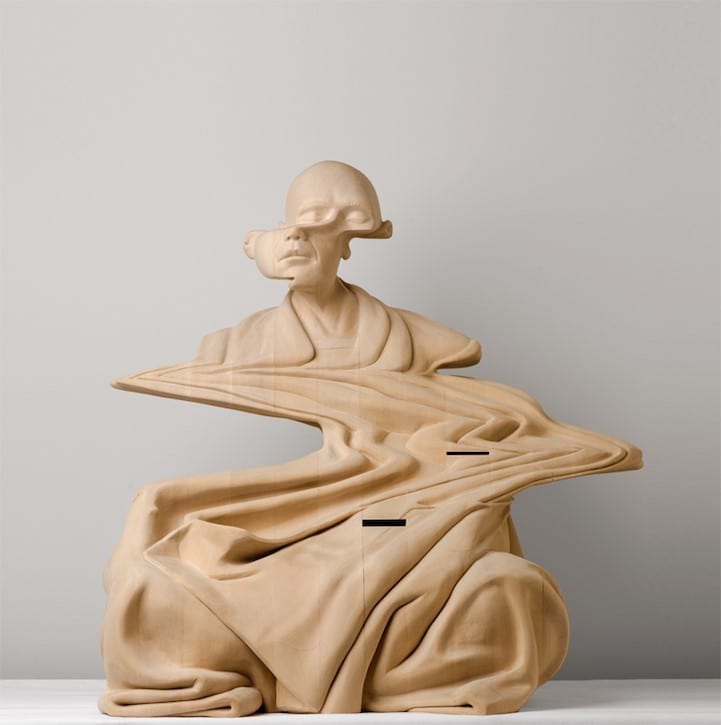
Contemporary wood carving by Australian artist Paul Kaptein. The name of this masterpiece is “and in the endless sounds came a pause.” It represents a male figure in a meditative pose and the one-of-a-kind effect has an immediate grip on the senses of the contemplators. – Image Source
So, on the one hand, we are successfully carrying the traditions of the ancient crafts into the future. While on the other hand, we are currently participating in the very writing of the new history of wood carving as an art and isn’t this inspiring?
When it comes to the trace of the United States in the history of wood carving, we need to acknowledge the fact that metal was the material which dominated on the scene of contemporary art.
Undoubtedly, though, wood carving has been revived in the US, as well, and it won’t be inaccurate to call Louise Nevelson’s incredible “sculptural walls” the very breath of new life to wood carving in America.

“Sky Cathedral” by Louise Nevelson, 1958 – Image Source
Certainly, many extremely gifted wood virtuosos followed Nevelson’s love for working with wood carved designs, making the sector slowly but surely revive and progress after the 1950s.
Why the Art of Wood Carving Can Never Get Out of Date?
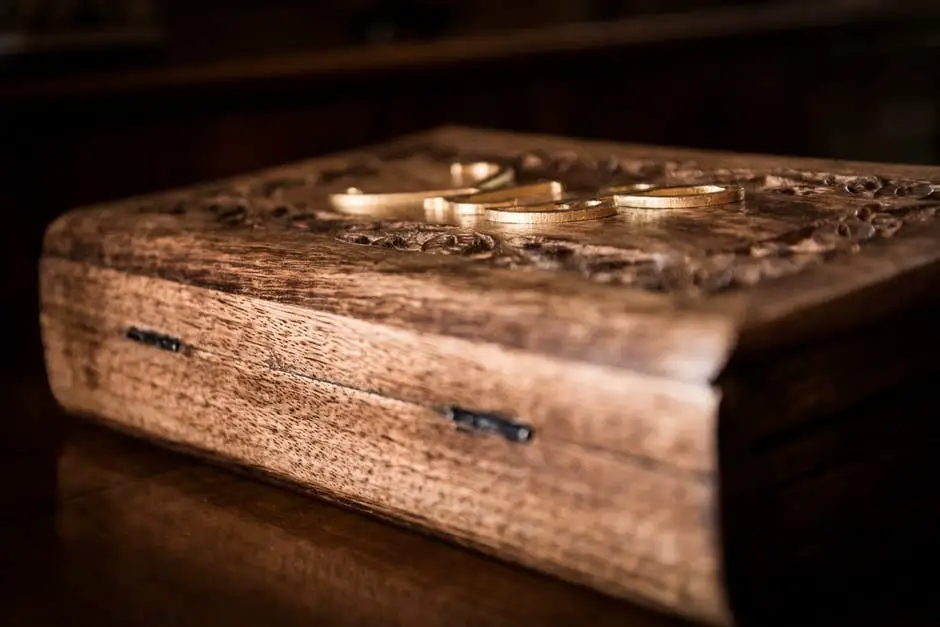
Image Courtesy of pexels.com
Above all, there will most probably be periods in the history of humankind after the 21st century when the art of wood carving will go through different transformations.
But while we cannot possibly predict the future, we can firmly state that the art of wood carving cannot simply disappear, and neither can it be forgotten or ever get out-of-date.
In order to solidify these statements, we can look back at the very essence of carving wood transferred by the beliefs of our ancestors.
No matter if we talk about woodcarving as an art in the Pacific Islands nations, the African nations, the ancient Egyptians civilization, European or US history, there is one motif that remains the same – working with wood is a ritual. And for a huge amount of the time, our ancestors did not look at wood carving as a means for making money.
Instead, it was through the patience, time, and dedication this art requires that the people who inhabited this world long before we did could pay their tribute to the Invisible World.
The invisible world refers to the sacred place inside our hearts and minds, where boundaries melt away. Or much like the meaning of the ancient Namaste greeting – “I bow to the divine in you” relates to the art of wood carving –
“My soul honors your soul.
I honor the place in you where the entire universe resides.
I honor the light, love, truth, beauty, and peace within you because it is also within in me.
In sharing these things, we are united, we are the same, we are one.”
What our ancestors truly left behind in the art of wood carving is the silent lesson of being able to speak without words; of being able to listen without judgment; and of being able to honor the Forces of Life that rule this world without ever forgetting that mankind is an intricate part of nature.
The History of Wood Carving as an Art: Final Food for Thought
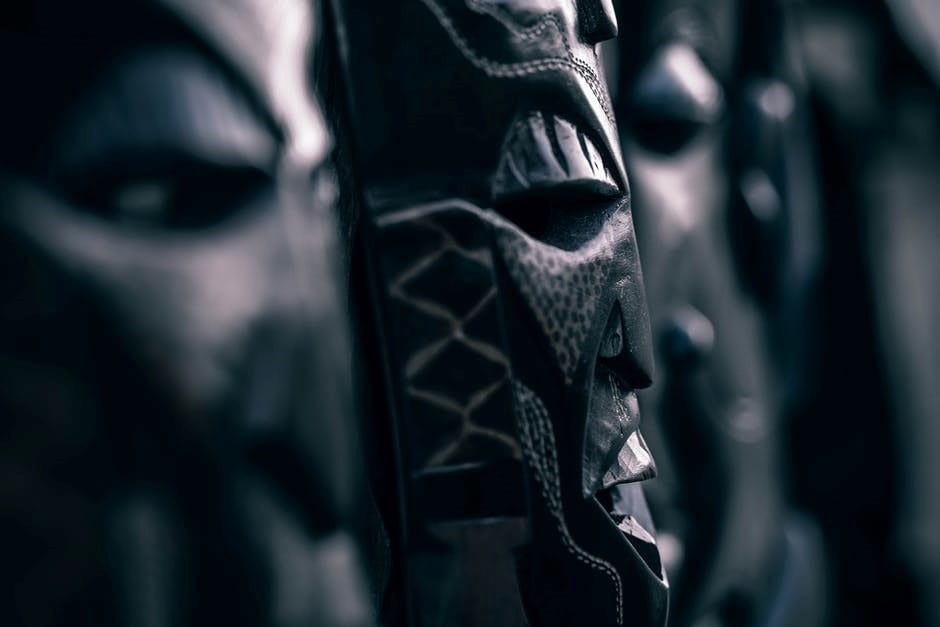
Image Courtesy of pexels.com
Did you know that wood carving is mentioned in the Bible, Chapter 35 of the Book of Exodus? The passage goes as it follows –
“31 And he hath filled him with the spirit of God, in wisdom, in understanding, and in knowledge, and in all manner of workmanship;
32 And to devise curious works, to work in gold, and in silver, and in brass,
33 And in the cutting of stones, to set them, and in the carving of wood, to make any manner of cunning work”
Bible, Chapter 35 of the Book of Exodus
Yes,wood carving has been bequeathed to humankind as a way of creating crafty, artful, and valuable work. Beautifully, this legacy can be seen in each and every one of the different nations across the globe, without any regards to the difference in religious beliefs.
And indeed, one of the greatest blessings is being able to participate in the creation of the new history of wood carving as an art.
